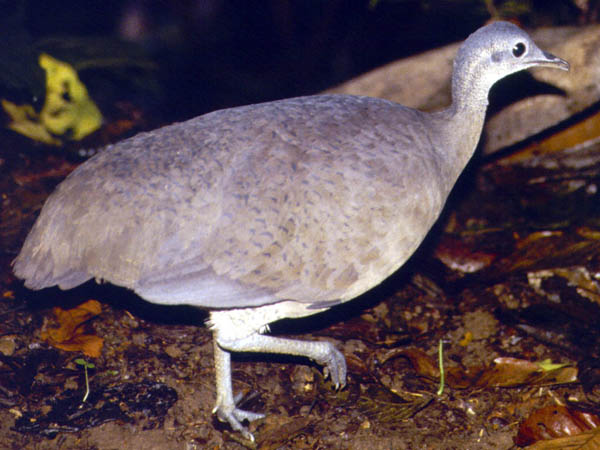First, the depressing news: humanity is driving half of all life on Earth to extinction, mainly through land conversion for agriculture. Now, the encouraging news: a recent study published in Science suggests that farmers have the power to prevent a lot of these extinctions—and the loss of millions of years of evolutionary history (called phylogenetic diversity) that these species represent—simply by adopting changes in their practices like crop diversification and maintaining habitat near their fields.
While the study found (no surprise) that intact forests in Costa Rica harbor the greatest number of evolutionarily distinct bird species and single-crop farms the fewest, it also found that diversified ag lands can be a good middle ground for conservation. That means not just a wider variety of species than found on monocropped farms, but also 600 million more years of preserved phylogenetic diversity.
Study co-lead author Danny Karp (who’s also a Conservancy NatureNet Fellow) says this is the first research he knows of that looks at ag’s impacts on biodiversity in an evolutionary context — and, he argues, that perspective matters for successful conservation.
“One of my colleagues likens it to the same principle as having a robust stock portfolio,” says Karp. “You want a lot of different kinds of stocks, or in our case, evolutionarily distinct species, so even if the market crashes some of them will still do well.”




Join the Discussion